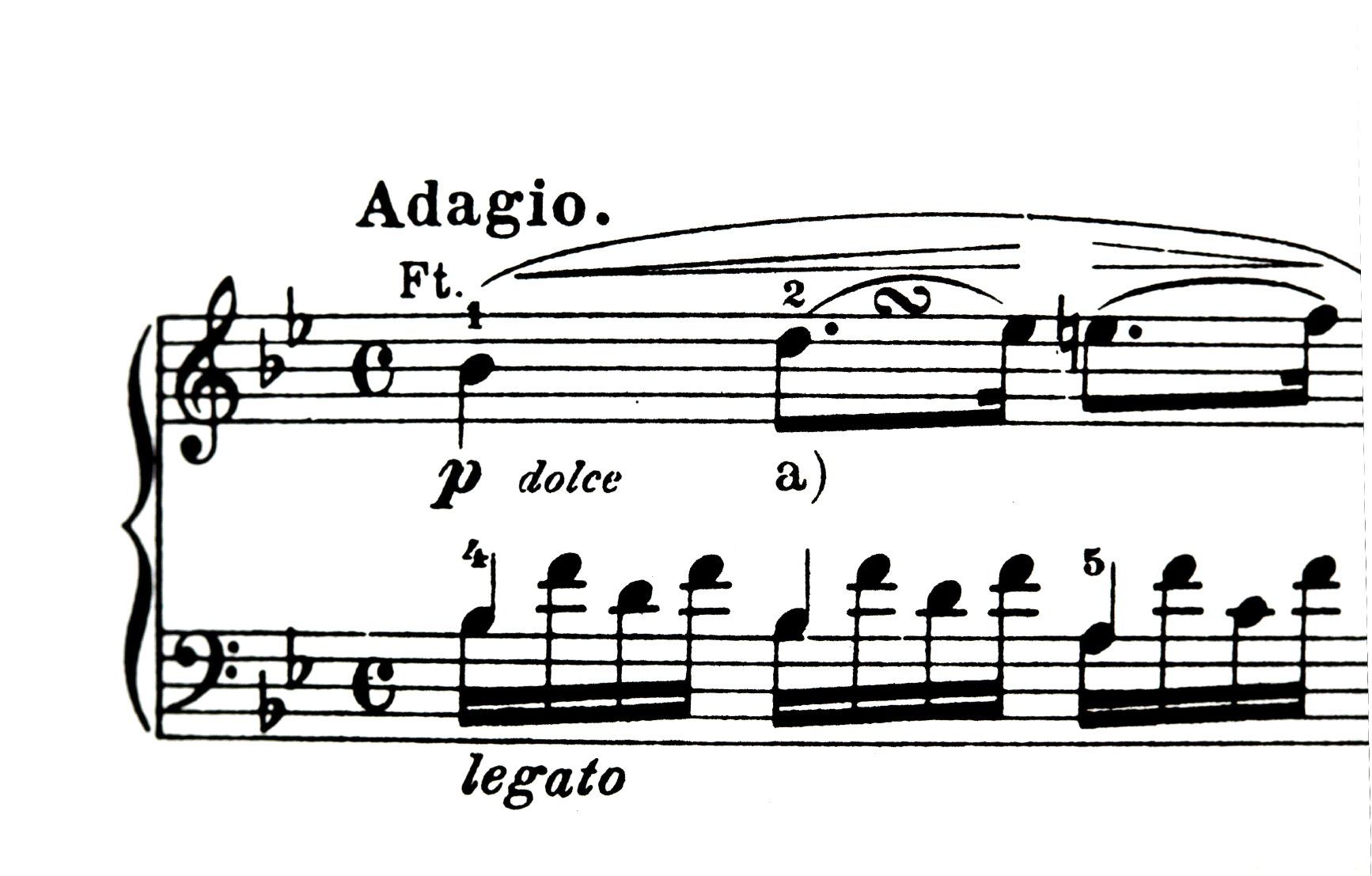Interactive and Immersive: The Rise of Engaging TV Ads
In today's society, viewers are not merely spectators but active participants in the advertising experience. The interactive and immersive TV ads era has dawned, captivating audiences with engaging content and innovative formats. From interactive polls to virtual reality experiences, brands are seizing the opportunity to connect with consumers in new and exciting ways. Join us as we delve into the evolution of television advertising and explore how these dynamic ads are shaping the future of marketing.
Evolution of TV Advertising
Television advertising has undergone a remarkable transformation over the years, propelled by technological advancements and changing consumer preferences. What once consisted of static commercials interrupting TV programmes has evolved into a dynamic landscape where viewers actively engage with brands in immersive ways.
Traditional Static Commercials
- Historically, TV advertising primarily comprised static commercials, which interrupted programming to deliver a message to viewers.
- These commercials often followed a straightforward format, featuring a product or service and its benefits, relying on repetition to increase brand awareness.
- While effective to some extent, static commercials needed more interactivity to captivate audiences in an increasingly digital age fully.
Shift Towards Interactive and Immersive Formats
- Recognising the need to engage viewers more effectively, advertisers have shifted towards interactive and immersive formats in TV ads.
- Interactive ads allow viewers to participate in the advertising experience through polls, quizzes, or interactive storytelling.
- Immersive ads transport viewers into a virtual world, leveraging augmented reality (AR) and virtual reality (VR) to create memorable brand experiences.
Impact of Technological Advancements
- Technological advancements have played a pivotal role in driving the evolution of TV advertising.
- The proliferation of internet-connected smart TVs and streaming platforms has opened new avenues for delivering interactive and immersive ads.
- Furthermore, the widespread adoption of smartphones and tablets has enabled advertisers to complement TV ads with second-screen experiences, enhancing engagement and extending brand reach.
Characteristics of Engaging TV Ads
In today's fast-paced media landscape, capturing and retaining audience attention is paramount for advertisers. Engaging TV ads possess specific characteristics beyond traditional static commercials, offering viewers interactive and immersive experiences tailored to their preferences.
Interactivity
- Interactivity lies at the heart of engaging TV ads, allowing viewers to participate actively in the advertising experience.
- Interactive elements such as polls, quizzes, and clickable content empower viewers to choose and engage with brands meaningfully.
- By involving viewers in the ad narrative, interactivity fosters a sense of connection and increases engagement levels, ultimately driving brand recall and loyalty.
Immersiveness
- Immersive TV ads transport viewers into captivating worlds where they can experience a brand's story firsthand.
- Leveraging technologies like augmented reality (AR) and virtual reality (VR), immersive ads create immersive environments that stimulate the senses and leave a lasting impression.
- Whether exploring a virtual showroom or embarking on a virtual adventure, immersive ads offer viewers a memorable and immersive brand experience beyond traditional advertising boundaries.
Personalisation
- Personalisation is key to crafting engaging TV ads that resonate with individual viewers on a personal level.
- Advertisers can tailor ads to specific demographics, interests, and purchasing behaviours by leveraging data analytics and audience insights.
- Personalised ads deliver relevant content to viewers, increasing relevance and resonance and ultimately driving higher conversion rates and return on investment.
Benefits for Brands and Consumers
In the ever-evolving landscape of television advertising, the emergence of interactive and immersive ads brings many benefits for brands and consumers. These innovative ad formats capture audience attention and foster deeper engagement, leaving a lasting impact on viewers.
Increased Engagement and Brand Recall
- Interactive and immersive TV ads allow brands to engage viewers meaningfully, fostering active participation rather than passive consumption.
- By incorporating interactive elements such as polls, quizzes, and games, advertisers can capture audience attention and encourage interaction with their brand.
- Increased engagement levels translate into higher brand recall, as viewers are more likely to remember and resonate with ads that offer them a chance to engage and participate actively.
- Studies have shown that interactive ads can boost brand recall by up to 45%, highlighting the effectiveness of this approach in driving brand awareness and recognition.
Enhanced user Experience for Viewers
- Interactive and immersive TV ads enhance the overall user experience for viewers, transforming passive watching into active engagement.
- Immersive ads, leveraging technologies like augmented reality (AR) and virtual reality (VR), transport viewers into captivating worlds where they can explore and interact with brands in a more immersive and memorable way.
- By offering viewers a more interactive and engaging experience, advertisers can create positive associations with their brand, leading to increased brand affinity and loyalty.
- Additionally, interactive and immersive ads provide entertainment value, making the viewing experience more enjoyable and memorable for audiences.
Opportunities for Data Collection and Personalisation
- Interactive and immersive TV ads present valuable opportunities for brands to collect data and personalise ad experiences based on viewer preferences and behaviours.
- Advertisers can gather valuable insights into audience demographics, interests, and purchasing behaviours through interactive elements such as surveys and quizzes.
- This data can tailor ad content and messages to specific audience segments, increasing relevance and effectiveness.
- Personalised ads not only improve the viewing experience for consumers by delivering content that is more relevant and tailored to their interests but also drive higher engagement and conversion rates for brands.
- Personalised ads enable brands to build stronger relationships with consumers by delivering targeted messages that resonate with their needs and preferences.
Challenges and Considerations
Despite the numerous benefits of interactive and immersive TV ads, their implementation also comes with challenges and considerations that advertisers must navigate. From technical limitations to privacy concerns, addressing these challenges is essential to ensure the success and effectiveness of these innovative ad formats.
Technical limitations
- One of the primary challenges facing interactive and immersive TV ads is technical limitations, particularly in infrastructure and compatibility.
- Implementing interactive elements such as polls, quizzes, and games requires robust technological infrastructure to ensure smooth execution across various platforms and devices.
- Furthermore, ensuring compatibility with different TV models, operating systems, and streaming services can be a logistical challenge for advertisers.
- Technical limitations may also extend to the capabilities of augmented reality (AR) and virtual reality (VR) technologies and bandwidth constraints that could affect the delivery of immersive ad experiences to viewers.
Balancing entertainment with advertising
- Another challenge for advertisers is striking the right balance between entertainment and advertising in interactive and immersive TV ads.
- While these ad formats offer creative storytelling and engagement opportunities, they must also deliver a clear brand message without overwhelming or alienating viewers.
- Advertisers must tread carefully to ensure that the interactive and immersive elements complement the viewing experience rather than detract from it.
- Additionally, maintaining the entertainment value of these ads is crucial to holding viewers' attention and encouraging active engagement with the brand.
Privacy concerns
- Privacy concerns are a significant consideration for advertisers when implementing interactive and immersive TV ads, particularly regarding data collection and usage.
- Gathering personal information through interactive elements such as surveys and quizzes raises privacy concerns among viewers, who may be wary of sharing sensitive data.
- Advertisers must be transparent about their data collection practices and ensure compliance with data protection regulations to build consumer trust.
- Additionally, safeguarding user data against breaches and misuse is paramount to protecting consumer privacy and maintaining brand credibility.
Future Trends and Predictions
As the landscape of television advertising continues to evolve, several key trends and predictions emerge, shaping the future of interactive and immersive TV ads.
Continued Innovation in Interactive Ad Formats
A relentless pursuit of innovation in interactive ad formats marks the future of TV advertising. Advertisers will continue exploring new ways to engage viewers, leveraging technological advancements to create more dynamic and immersive experiences. From gamified ads that blur the line between entertainment and advertising to interactive storytelling that allows viewers to shape the narrative, the possibilities for innovation are endless. By pushing the boundaries of creativity and interactivity, advertisers can capture audience attention and drive brand engagement in unprecedented ways.
Integration with Emerging Technologies
Emerging technologies such as augmented reality (AR), virtual reality (VR), and artificial intelligence (AI) will play an increasingly prominent role in the future of TV advertising. These technologies offer exciting opportunities to enhance the immersive nature of ads and deliver personalised experiences to viewers. AR and VR technologies, in particular, have the potential to revolutionise the way brands interact with consumers, allowing them to create virtual experiences that transport viewers into interactive worlds. AI-powered algorithms will enable advertisers to analyse vast amounts of data in real time, delivering targeted ads that resonate with individual viewers on a personal level.
Potential Impact on Traditional Advertising Methods
The rise of interactive and immersive TV ads is poised to impact traditional advertising methods significantly. As viewers increasingly seek personalised and engaging content, traditional static commercials may become less effective in capturing audience attention. Advertisers must adapt strategies to incorporate more interactive and immersive elements into their campaigns to remain relevant in a rapidly changing landscape. The shift towards digital platforms and streaming services also presents challenges and opportunities for advertisers, who must navigate a fragmented media landscape to reach their target audience effectively.
In Conclusion, the rise of interactive and immersive TV ads marks a pivotal moment in the evolution of advertising. As we've explored the characteristics, benefits, challenges, and future trends of these innovative ad formats, it's clear that they offer unparalleled opportunities for brands to connect with audiences in meaningful ways. To embark on your journey into engaging TV ads and elevate your brand's presence, contact Cookie Cut Media today at 01223 859 373 or email us at projects@cookiecutmedia.co.uk. Let's shape the future of advertising together.












